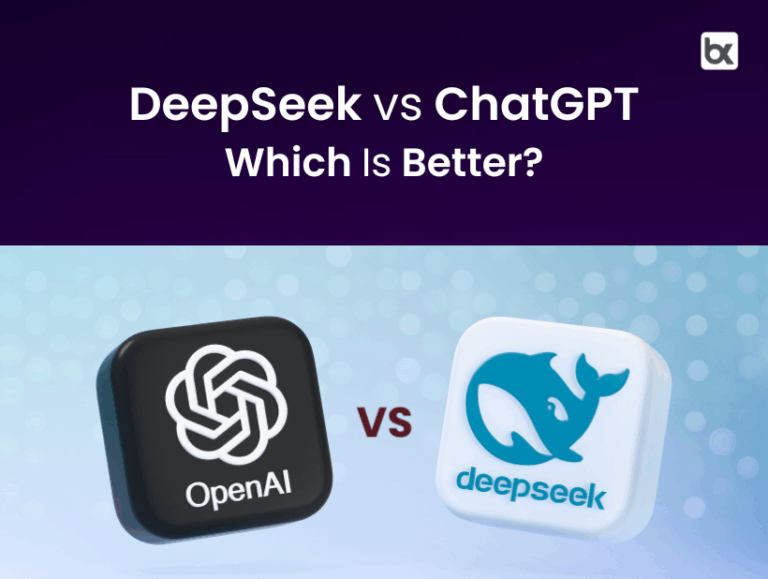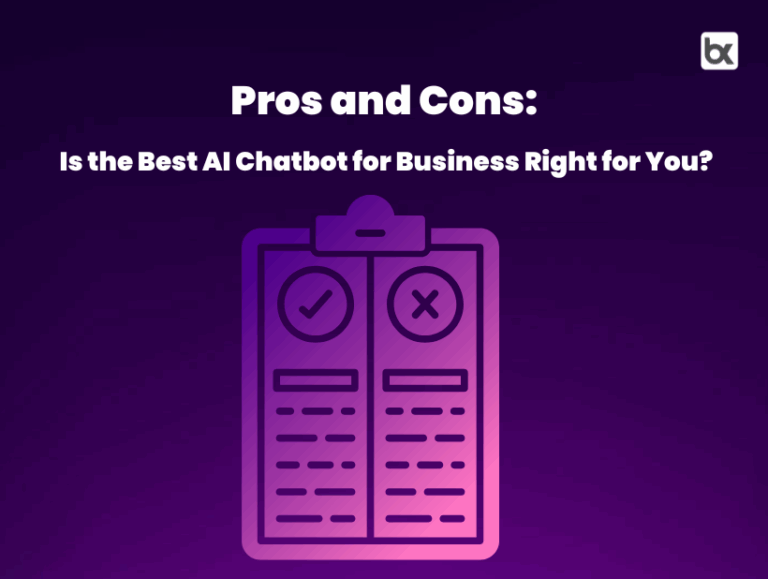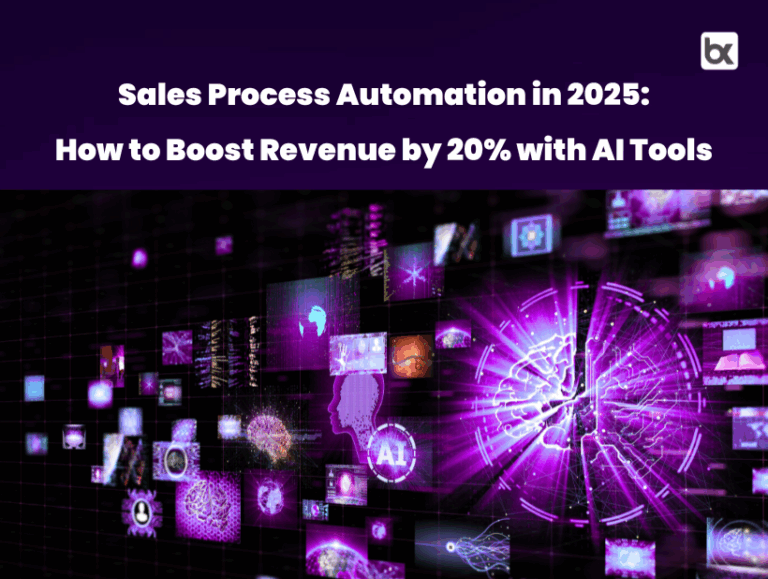LLM VS NLP: Complete Guide to Key Differences in AI
LLM vs NLP: The Complete Guide to Understanding the Difference
Introduction: Why LLM vs NLP Matters Today
Artificial intelligence has moved from academic labs into everyday life, powering chatbots, search engines, and voice assistants. But in these conversations, two terms often come up: NLP vs LLM. Many confuse them or even use them interchangeably. This guide clears up the difference, explains what is NLP, and shows how large language models (LLMs) build upon NLP to reshape technology in 2025.
What Is NLP?
Before we dive into NLP vs LLM, let’s start with the basics. What is NLP? Natural Language Processing (NLP) is a field of artificial intelligence focused on enabling machines to understand, interpret, and respond to human language.
Classic NLP involves:
- Tokenization (breaking text into words or phrases)
- Part-of-speech tagging (identifying nouns, verbs, etc.)
- Named entity recognition (detecting names, places, dates)
- Sentiment analysis (deciding if text is positive, negative, or neutral)
For years, these techniques powered early chatbots, spam filters, and translation tools. While powerful, traditional NLP struggled with context, nuance, and the unpredictability of natural language.
What Is an LLM?
In the NLP vs LLM debate, large language models represent the next evolution. LLMs are AI systems trained on massive datasets of text, allowing them to generate human-like responses, complete sentences, and even write original content.
Examples include GPT, Claude, and LLaMA. Unlike traditional NLP, which follows rules and smaller models, LLMs use billions of parameters to learn patterns, grammar, and meaning. They can:
- Write essays or articles
- Summarize long documents
- Hold conversational interactions
- Answer domain-specific questions
Where NLP focused on narrow, rule-driven tasks, LLMs opened the door to flexible, adaptive communication.
NLP vs LLM: The Key Differences
To fully grasp NLP vs LLM, it helps to break down their distinctions:
1. Scope of Functionality
- NLP is the broad field studying how machines process language.
- LLMs are specific AI models built using deep learning, sitting within NLP.
2. Data and Training
- NLP models traditionally rely on structured datasets and linguistic rules.
- LLMs are trained on vast unstructured text corpora, including books, articles, and web data.
3. Outputs
- NLP is often task-specific: classification, tagging, translation.
- LLMs are generative, producing original sentences, paragraphs, or conversations.
4. Complexity
- NLP models are smaller, rule-driven, and limited in scope.
- LLMs are massive, flexible, and context aware.
5. Applications
- NLP powers spam filters, sentiment trackers, and translation engines.
- LLMs power advanced chatbots, content creation tools, and interactive assistants.
How NLP and LLM Work Together
It is not strictly NLP vs LLM as much as it is NLP plus LLM. Large language models are built on decades of NLP research. For example, tokenization and part-of-speech tagging, classic NLP techniques are still crucial in preparing text for LLM training.
Think of NLP as the foundation and LLMs as the skyscraper built on top. Without the rules, structures, and methods of NLP, LLMs would not exist.
Why the Difference Matters for Businesses
For companies, understanding NLP vs LLM is not academic; it is practical. If you need to detect spam emails, a traditional NLP model may be enough. But if you want to build a chatbot that can hold natural conversations or draft reports, you need the capabilities of an LLM.
Business Benefits of Each
- NLP: Cost-effective, interpretable, task-specific.
- LLMs: Scalable, adaptive, and capable of handling unstructured queries.
The choice depends on your goals, budget, and need for flexibility.
Real-World Examples of NLP vs LLM
- NLP Example: Gmail’s spam filter relies heavily on NLP classification to block unwanted emails.
- LLM Example: ChatGPT or Claude can hold entire conversations, write marketing copy, or generate code.
This contrast illustrates how traditional NLP and LLMs serve different roles, both vital in today’s AI landscape.
The Future of NLP vs LLM
Looking ahead, the boundary between NLP and LLMs may blur even further. LLMs are becoming more specialized with fine-tuning, while traditional NLP methods are being embedded into larger pipelines to ensure accuracy, compliance, and efficiency.
Expect to see:
- Hybrid models where NLP handles structure and rules, while LLMs provide fluid conversation.
- Smaller LLMs optimized for specific domains.
- Explainable AI that combines the interpretability of NLP with the power of LLMs.
Businesses that understand the strengths of both will be able to deploy smarter, more efficient solutions.
Conclusion: Bridging the Gap
The debate over NLP vs LLM is less about competition and more about evolution. NLP laid the groundwork, and LLMs are expanding the horizon. For businesses, researchers, and developers, the key is knowing when to use each, and how to combine them for maximum impact.
If you ever wondered what is NLP, the answer is clear: it is the foundation of modern AI language systems. And with LLMs, that foundation has grown into a dynamic ecosystem that powers the tools we use every day.
Start for free. Launch in minutes. Let your website talk.
Try botxpert today and build your ideal website chatbot.
check out our other blogs to know more. blogs.botxpert


